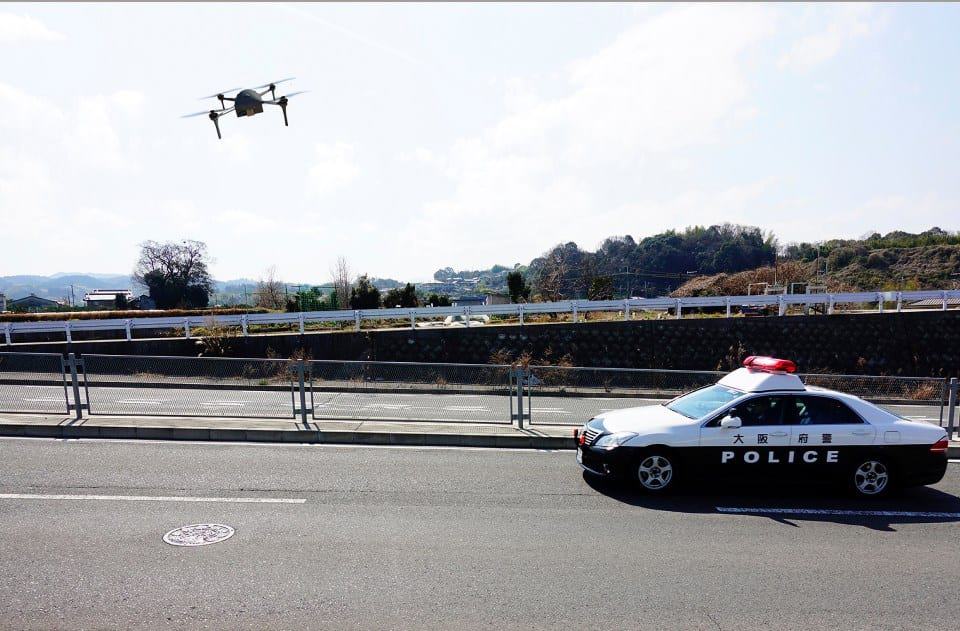![Delivery UAV]()
Airbus and the Hauts-de-France region have signed a framework partnership agreement to assess the economic development potential of UAV (unmanned aerial vehicle) deliveries on a regional scale. This agreement was signed in the presence of Xavier Bertrand, President of the Hauts-de-France region, Antoine Bouvier, Head of Strategy at Airbus, Alain Storck, President of the Hauts-de-France regional innovation and development agency, Jana Rosenmann, Head of Unmanned Aerial Systems at Airbus, David Taieb, President of the e-valley project, and Nicolas Askamp, CEO of Survey Copter.
The Hauts-de-France region, through Hauts-de-France Innovation Development (HDFID), and Airbus Defence and Space, via its specialised subsidiary Survey Copter – already well known for its models of commercial drones certified for military use – are jointly conducting a feasibility study of this use within the framework of European regulations.
The Hauts-de-France region aims to become Europe’s logistics hub. In this context, the regional authorities are particularly supporting the creation of the ‘e-valley’ park, a logistics park dedicated to new e-commerce services, on the site of the former Cambrai airbase. For this activity, air delivery is an innovative development focus.
This operational study, involving stakeholders from the region’s economic and academic ecosystem of logistics and retail activities, will be undertaken for six months to identify the needs of local economic operators as well as the technical concepts and solutions required to meet them, while taking stock of current and expected future regulations.
The shared ambition is to foster the deployment of new economic models in the Hauts-de-France region, based on the innovative use of UAVs, particularly to support disruptive changes in the supply chain dedicated both to industrial activities and distribution.
By studying what the future will hold for UAVs in Hauts-de-France, the region hopes to give companies the means to innovate in their services, expand their logistics activities and create new jobs as a result.
After spending several years developing autonomous air transport, this agreement is an opportunity for Airbus to boost its state-of-the-art presence in the market for professional civil UAVs certified for industrial use and to let French authorities benefit from the experience gained with its many demonstrators, and in particular in in coordination with the French civil aviation authority DGAC. DGAC plays a key role in the simultaneous and controlled development of economic, regulatory and technological frameworks and has, together with France’s civil UAV council, boosted powerful market dynamics since 2015.
Airbus subsidiary Survey Copter, the service provider selected by HDFID to conduct the ‘Drones in Hauts-de-France Experimentation’, will be providing its national and international know-how as a leading player in the field of mini-UAV systems. Through this experience, Survey Copter has gained extensive knowledge of the design of these systems and has full command of the safety of operations relating to the use of these technologies.
By participating in this feasibility study, Survey Copter is looking to increase its experience with UAV solutions used in urban or semi-urban environments and thus pave the way for the emergence of new urban mobility solutions.
The post Airbus to Assess UAV Delivery Potential in France appeared first on Unmanned Systems Technology.





















